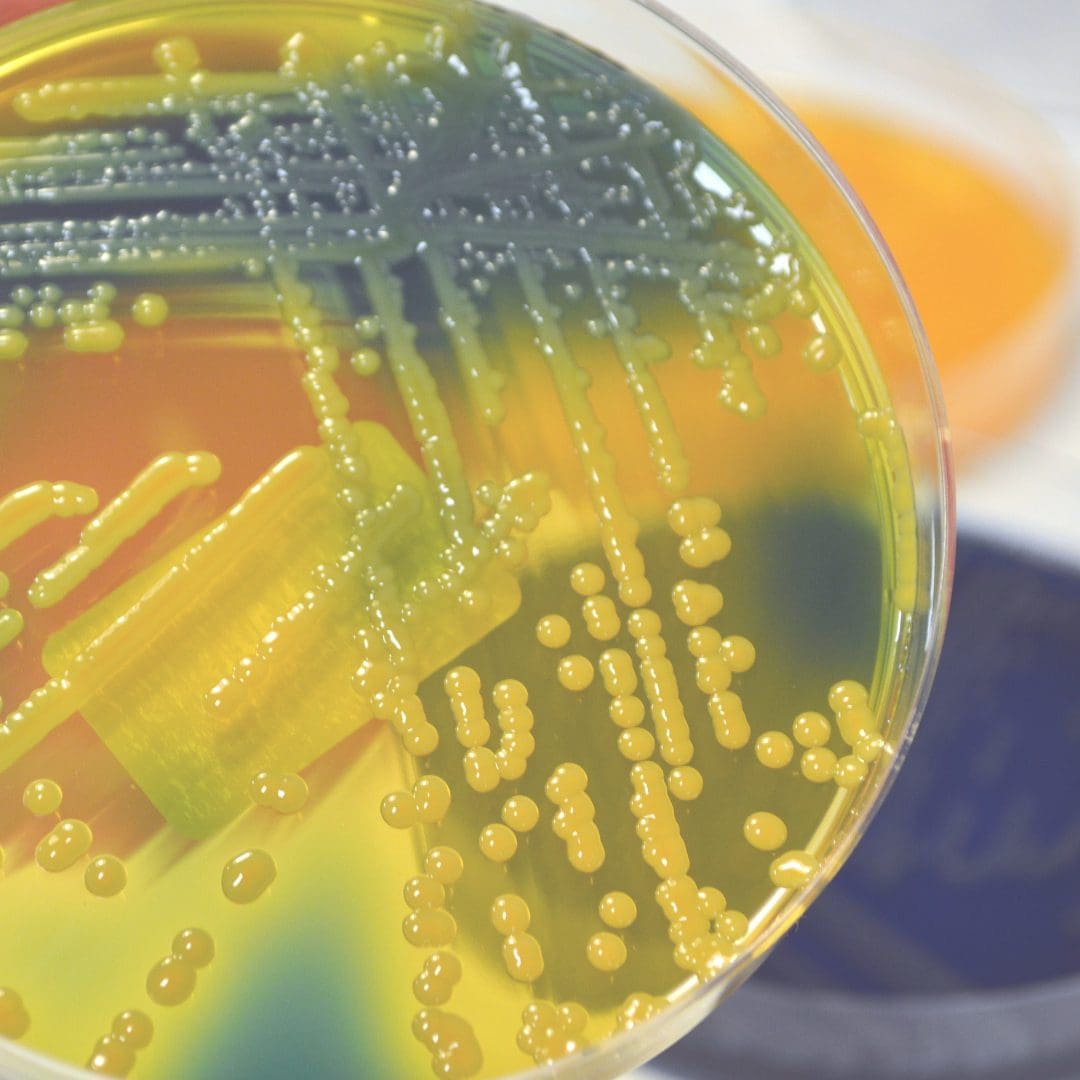Summary of the ISO 22196 Test
- The test virus is prepared via propagation and stored at reduced temperatures until use. No representative viruses are specified for use by the original method.
- The viral suspension is diluted as needed in a non-reactive buffer solution (typically phosphate-buffered saline). An organic soil load may be included if requested.
- Control and test surfaces are inoculated with the virus, and then the microbial inoculum is covered with a thin, sterile film. Covering the inoculum spreads it, prevents it from evaporating, and ensures close contact with the antimicrobial surface.
- All microbiological assays run at Microchem Laboratories are performed with the necessary parallel controls to provide adequate comparisons at both the start of the test as well as after the contact time, in this case 24 hours.
- These controls allow us to fully evaluate the antimicrobial efficacy that can be attributed to the treated articels technology, and only this technology, by allowing us to account for standard variability as well as other factors which could impact observed microbial reductions.
- Microbial concentrations are determined at “time zero” by elution followed by dilution and plating.
- A control is run to verify that the neutralization/elution method effectively neutralizes the antimicrobial agent in the antimicrobial surface being tested.
- Inoculated, covered control and antimicrobial test surfaces are allowed to incubate undisturbed in a humid environment for the desired contact time.
- Virucidal assays of this nature typically run for shorter contact times than their bacteriological counterparts. This is because many viruses are quickly inactivated under room temperature conditions, restricting the ability of the product to demonstrate efficacy.
- After incubation, microbial concentrations are determined. Reduction of microorganisms relative to initial concentrations and the control surfaces are calculated.
Strengths of the ISO 22196 Test
- The method is quantitative and results tend to be reproducible, provided the inoculum does not spill off of the target area after being covered with the thin film.
- The test method includes multiple inoculation options, allowing for modification of the volume of the inoculum, to mediate for surfaces that do not lend themeselves to the normal testing parameters. This adds flexibility to the method and allows it to be used to evaluate very different surface types and sizes.
Weaknesses of the ISO 22196 Test
- The ISO 22196 method is not necessarily representative of actual surface contamination events, since a relatively dilute liquid microbial inoculum is spread over a considerable surface area, and then is kept wet for the duration of the contact time. Generally, microbial contaminants dry quickly onto surfaces. This limits the time that an aqueous medium is available to facilitate interaction between the antimicrobial surface and microorganisms. This means that ISO 22196 is a “best-case” sort of test for many products.

